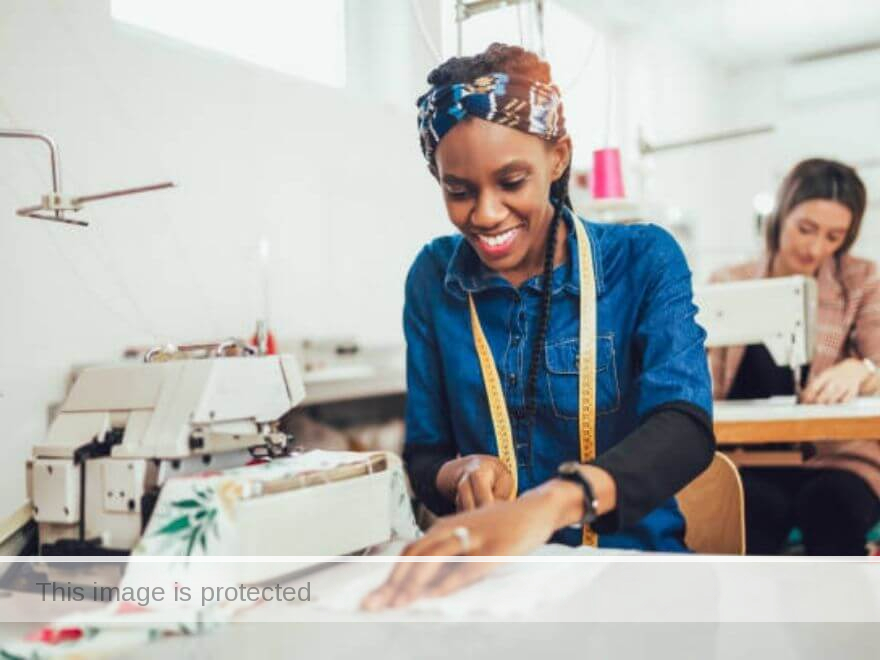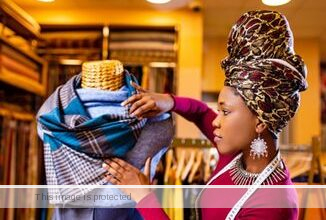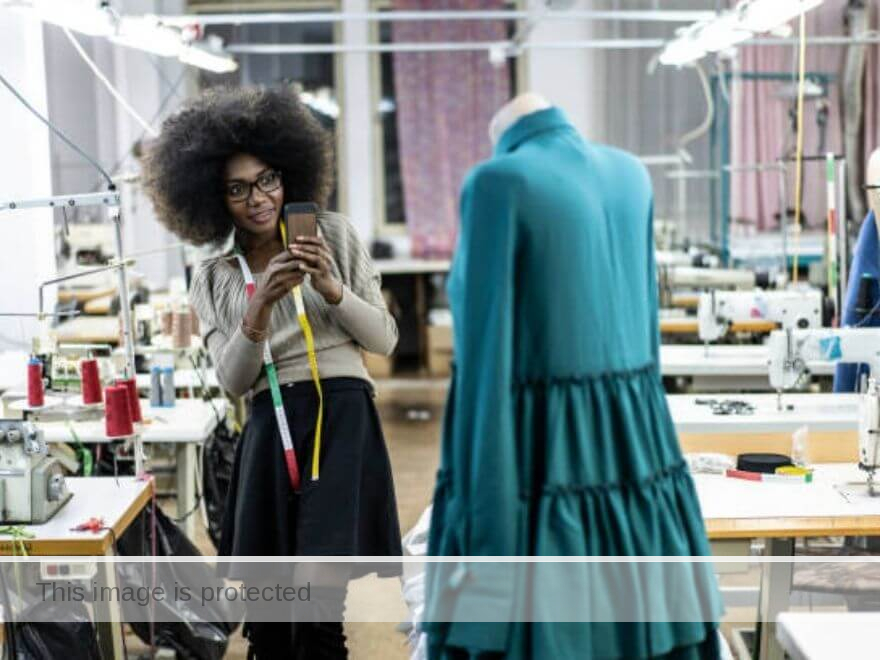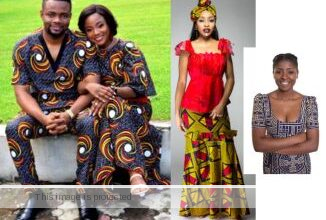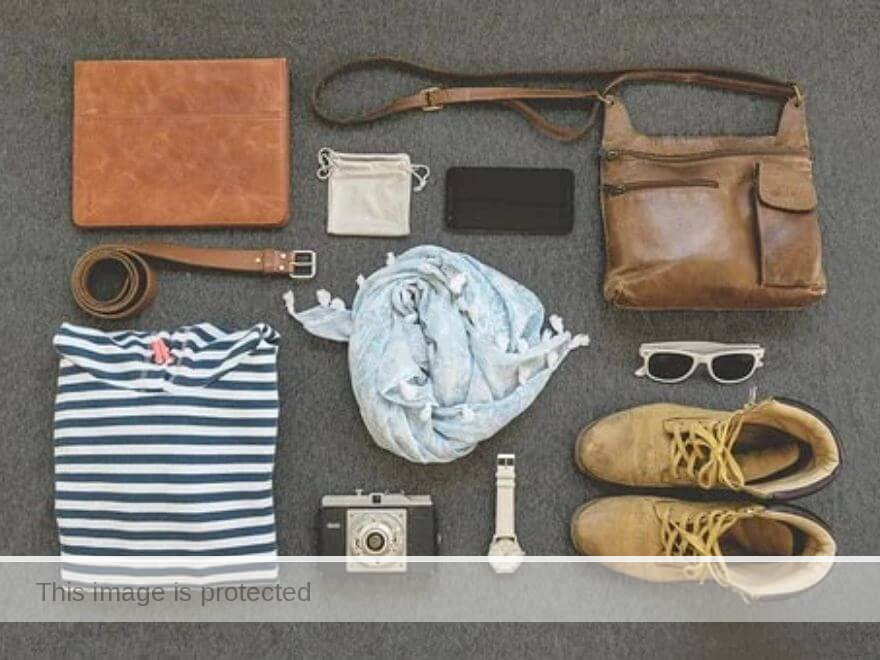Fashion Design ▷ Definition, Types and 15 Key Industry Jobs
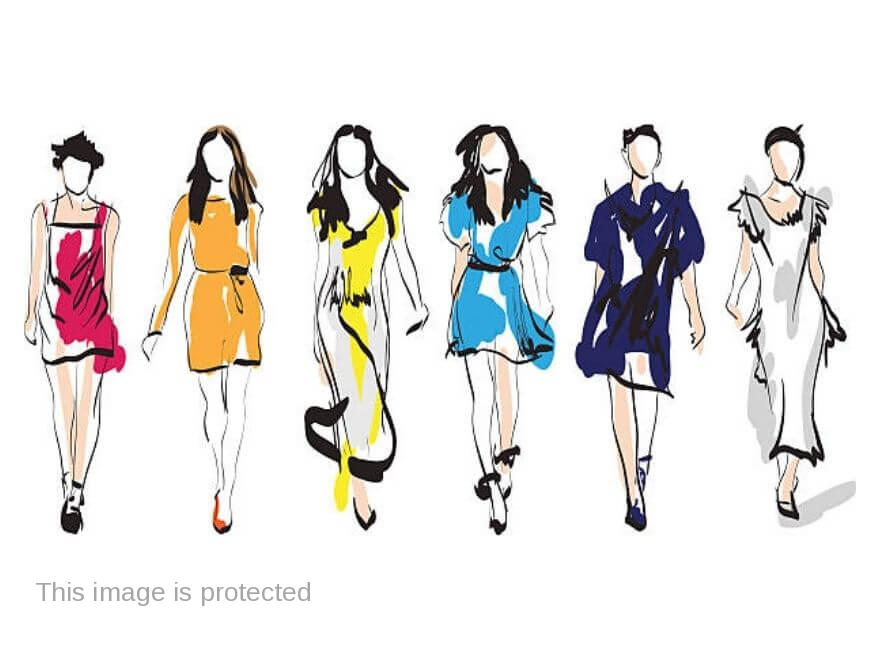 In the fashion world, every new product or style begins with an idea.
In the fashion world, every new product or style begins with an idea.
What’s Fashion Design?
The creation of new footwear, clothing and accessories defines fashion design.
Fashion design is the art of applying design, aesthetics, and natural beauty to clothing and its accessories.
It involves a set of skills that range from market research and creativity to sketching and fabric selection.
Who’s a Fashion Designer?
Fashion designers guide the process from inception to production.
A fashion designer creates the specific look of individual garments-including a garment’s shape, color, fabric, trimmings, and other aspects of the whole.
The fashion designer usually begins with an idea of how a garment should look, turns that idea into a design (such as a sketch), and specifies how that design should be made into an actual piece of clothing by other workers (from patternmakers to finishers).
Fashion designers create design samples with or without the aid of a sewer; discuss their ideas with clients, fashion marketers and managers, discuss ideas with textile companies to buy best suitable fabric, draw eye catchy designs for accessories and garments, make suggestions to sketching assistants and pattern makers to assemble designs and make alterations.
While sewing and pattern-making skills are beneficial, they are not a pre-requisite of successful fashion design.
Most fashion designers are formally trained or apprenticed.
One can earn a nice income if working under a major or productive fashion design company or label. Most fashion designers prefer to be self-employed.
Types of Fashion Designers
Keeping in mind the basics of fashion, there are three different fashion designers – footwear, apparels and accessories.
There may be sub categories within, with expansive opportunities to explore, however, at a broader level, these three are the categories that the industry focuses on.
1. Apparel Fashion Designers
Apparel designers take care of clothing and costumes worn by individuals around the world.
They often specialize in one type of design, such as casual, evening or active wear.
Common duties include tracking current fashion trends and predicting future ones, sketching new designs, selecting patterns and fabrics to use in garments and overseeing production.
They may then show items to creative directors, clients or retailers, depending on if the garments are to be custom designed or mass produced.
The apparel category takes care of different audiences based on which they are further classified as – Haute couture, prêt-à-porter, and mass market.
Haute Couture
Apparel designed for the affluent is the responsibility of the haute couture fashion designer.
This is the creation of exclusive custom-fitted clothing.
Every customer is given special attention according to their style, measurements, body stance, personality, taste and preferences.
Such a fashion designer prefers to take one person at a time, creating garments as per the exact measurements of the individual.
Prêt-à-porter (Ready-to-wear)
This is factory-made clothing, sold in a finished condition in standardized sizes.
In the fashion industry, designers produce ready-to-wear clothing, intended to be worn without significant alteration because clothing made to standard sizes fits most people.
They use standard patterns, factory equipment, and faster construction techniques to keep costs low, compared to a custom-sewn version of the same item.
They are not made for individual customers, and don’t gestate for the entire population but for specific numbers and great care is taken in the choice and cut of the fabric.
Clothes are made in small quantities to guarantee exclusivity, so they are rather expensive.
Mass Market
The responsibility of creation, styles and trends prediction for the general population comes in these fashion designer’s hands.
The mass market caters for a wide range of customers, producing ready-to-wear clothes in large quantities and standard sizes.
These apparels are available in standard sizes with multiple copies of the same design.
Keeping in mind the enormous demand for such products, the opportunity to become a mass market fashion designer is the most remunerative at the moment.
2. Footwear Designers
Every person wears shoes or footwear.
A footwear designer is a type of fashion designer who specializes in creating shoes, sandals, slippers, and boots.
Becoming a footwear designer takes talent and skill, but it is something that can be achieved with dedication.
Footwear designers are involved in creating the different footwear – athletic, casual, formal, party wear.
3. Accessory Designers
Accessory designers work in the fashion industry designing bags, belts, scarves and other fashion accessories.
They might create bags, eyewear, jewelry or other items.
They study trends, sketch designs and oversee the production of their work.
Fashion designing courses create a foundation for you to enter the industry, but the sector you choose entirely depends on your skills, intellect, expertise and passion.
The Fashion Industry Jobs
1. Fashion Buyer
A fashion buyer identifies and purchase accessories, garments and supplies needed by fashion design labels and retail stores.
Fashion buyers try to buy supplies in least possible rates.
They select and buy the mix of clothing available in retail shops, department stores, and chain stores.
Most fashion buyers are trained in business and/or fashion studies.
2. Fashion Forecaster
A fashion forecaster predicts the colors, fabrics, textures, materials, prints, graphics, beauty/grooming, accessories, footwear, street style, and other styles that will be presented on the runway and in the stores for the upcoming seasons.
Fashion forecasters attract consumers and helping retail businesses and designers sell their brands.
Fashion forecasters do more than predict which styles will be in year after year.
They use research techniques and fashion industry knowledge to make predictions about colors, forms, patterns, shapes, and even fabrics.
Fashion forecasters provide their findings to fashion retailers, fashion buyers, apparel and textile design firms, designers, advertising agencies, magazine, and other media entities.
3. Fashion Illustrators
Fashion illustrators create and use their drawing, sketches, design images, layouts, graphics, content and digital skills to create images for fashion magazines, newspapers, designers, apparel companies, television, print and online advertisements.
They work with editors, designers, and creative directors.
Fashion designers mainly used fashion illustration to brainstorm their ideas on paper or digitally.
Fashion illustrators often help select themes, colors, fabrics, and other aspects of seasonal fashion content.
Fashion illustrators frequently use graphic design programs like Illustrator and Photoshop, particularly when trying to accurately portray the appearance of clothing in a two-dimensional medium like magazine advertisements.
4. Fashion Journalists
Fashion journalists write about clothing and accessories for newspapers, magazines, and websites.
Fashion journalists write about and report stories, news concerning fashion.
These written stories can be published or broadcast through various media outlets.
5. Fashion Marketer
A fashion marketer creates and manages advertising campaigns and promotions to sell fashion brands and products.
A fashion marketing manager is to appeal to the ideal target audience for a fashion company’s products.
They use their research and analytical skills to determine the best market for their company, and their business and creative skills to develop strategies and campaigns to increase sales.
Fashion marketing managers often work in fast-paced environments and need to stay up-to-date on the latest trends to keep up with consumer demands.
6. Fashion Photographer
A fashion photographer takes photographs of the latest clothes, accessories, hairstyles and make-up.
Fashion photographers capture the best looks of garment, accessory and models wearing such creations.
Fashion photographers handle how clothing is presented in advertising campaigns, catalogues and fashion magazines.
They work closely with designers, fashion houses and in studio to ensure they are portraying the desired image for the brand.
7. Fashion Salesperson
A fashion salesperson convinces retailers and consumers to buy the products (garments and accessories) that an individual or a company design.
A salesperson study each consumer or retailer needs to determine the accessories or garments that best meet those needs, contact and meet customers to discuss some of the new designs that they may be interested in, discuss payment and delivery options, explain the qualities of the various garments or accessories that are available for sale, assist consumers try on accessories and garments.
8. Fashion Stylist
A stylist co-ordinate the clothes, jewelry, and accessories used in fashion photography and catwalk presentations.
A stylist improves the overall appearance of an actor, model, or other client through styling techniques, including makeup.
Stylists decide the overall appearance and requirement of a client to zero down styling techniques and makeup to present the desired look.
They also suggest clients about the makeup that they should use to jazz up the look of garments and accessories to be presented.
A stylist may also work with an individual client to design a coordinated wardrobe of garments.
9. Fashion Teacher
A fashion teacher combines a passion for clothing and accessories with a classroom environment, where they guide students in topics such as sewing, patterns, and trends in fashion.
A fashion teacher teaches assigned fashion courses; preparing course material; developing syllabi; creating, administering and grading student evaluations and exams; being available as a resource to students; and maintaining office hours for students who may have questions about the course.
10. Model
A model wears and displays various garments and accessories at fashion shows and in photographs that an individual or a company design and promotes.
Models let people see the way a specific design looks on an individual.
11. Pattern Maker
Also called fabric pattern maker; pattern master, pattern cutter or an apparel pattern maker takes a fashion designer’s design and breaks it down into a series of pieces.
Pattern makers ensure the assembling of accessories and garments by sewer and manufacturers.
A pattern maker drafts the shapes and sizes of a garment’s pieces.
This may be done manually with paper and measuring tools or by using a CAD computer software program.
12. Seamstress or Tailor
A seamstress sews ready-to-wear or mass-produced clothing by hand or with a sewing machine, either in a garment shop or as a sewing machine operator in a factory.
They give concrete shape to designs and patterns and may not have the skills to make (design and cut) the garments, or to fit them on a model.
13. Technical Designer
A technical designer is an integral part of a fashion design team, working closely with designers, manufacturers and merchandisers to create a high-quality product.
Most technical designers work in the fashion manufacturing industry, creating quality control guidelines for apparel and accessories to ensure items fit properly.
A technical designer measures all garments and accessories to ensure they align with product specifications.
The technical designer identifies potential problems with products and follows through to ensure all glitches are resolved prior to scheduled releases.
14. Textile Designer
Textile designers are artists who create ideas for textile surfaces.
A textile designer creates patterns and designs for printed, knitted, and woven fabrics made of natural and man-made fibers.
Textile designers choose which textile fibers to use and what patterns to weave into a textile.
They might design the structure and look of fabric.
Some textile designers work with manufacturers to create specific fabric textures.
15. Visual Merchandiser
Visual merchandisers optimize the presentation of products and services to better highlight their features and benefits.
Visual merchandisers create window and in-store displays of goods for retail shops and department stores.
Visual merchandisers make sure that the customers can see every accessory and garment.
The purpose of such visual merchandising is to attract, engage, and motivate the customer towards making a purchase.
READ ⇒ How to Start a $25k Daily Profit Jewelry Design Business

